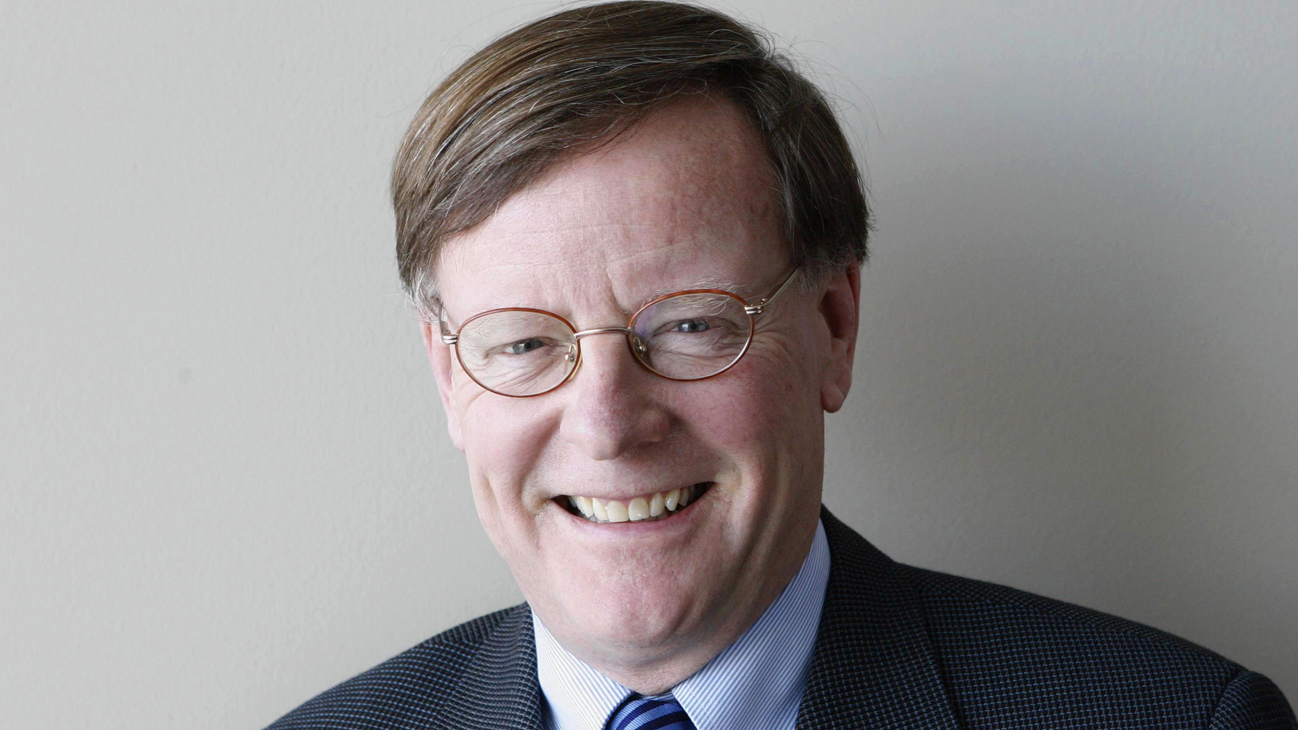Jeffrey Simpson has his finger on the pulse of Canada―and the world. The Globe and Mail’s national affairs columnist since 1984, Simpson has analysed many of the major political, social and economic issues of our time. The author of eight books, including Chronic Condition: Why Canada’s Health Care System Needs to be Dragged into the 21st Century, which won the $50,000 Donner Prize for the best book on public policy, Jeffrey is a sought-after speaker at major conferences and abroad. Below, he weighs-in on how strategic voting might unfold in the upcoming election:
At least three-fifths, and possibly two-thirds, of voters will not support the Conservatives in the Oct. 19 election. How this large majority distributes its votes will determine the outcome.
If the majority coalesces around either the New Democratic Party or the Liberals, that party will win the most seats in Parliament. If, as is more likely, the majority fragments, then the Conservatives could win the largest number of seats with 30 per cent to 35 per cent of the vote.
A pollster calls the non-Conservative voters “promiscuous progressives.” Some are anchored; others are floaters who could swing among the NDP, Liberals, Green and Bloc Québécois, depending on the riding.
How many of these will vote “strategically” – that is, decide to analyze how their vote will achieve the overriding objective of defeating the Conservatives? In a riding where an NDP candidate has a better chance than the Liberal candidate of being elected, how many traditional Liberals will vote NDP? And vice versa.
An ear-to-the-ground – and therefore grossly unscientific – survey in recent weeks revealed a surprising number of politically well-informed, traditional Liberals willing to consider supporting the NDP to defeat the Conservatives. They are pondering unhooking themselves from their usual mooring, based on public-opinion surveys showing the NDP doing well. If those surveys change, or if they see their leader performing above expectations, they could snap back to their traditional Liberalism.
The theory of “strategic voting” is great; the historical record suggests otherwise. Widespread strategic voting has happened, but not often.
Here’s one case where it happened: When John Turner, the Liberal Prime Minister in 1984, chose to run in Vancouver Quadra (a riding with many voters with higher education), he won because lots of voters were content that his party would lose nationally and so decided, in the final days, that their riding should have the leader of the Opposition.
Here’s another more widespread example: the coalescing around Alison Redford, then leader of the Progressive Conservatives, in the next-to-last Alberta election to defeat the right-wing Wildrose Party. That is the kind of last-minute coming together around one alternative to defeat the Conservatives toward which both New Democrats and Liberals are working.
Strategic voting assumes a high degree of knowledge in a riding of the candidates, the parties’ standings and chances and attention being paid to the general drift of the overall election. It assumes, in short, a high degree of political literacy. Everything we know about politics, however, suggests detailed political literacy is low among the general voting public.
Conservatives must hope “strategic voting” remains more talked about than acted upon. Otherwise, they are going to be in real trouble, since their party has the fewest number of people listing Conservative as their preferred second choice.
Their best chance to grow is to attract Liberals, about 30 per cent of whom (according to Nanos Research) list Conservative as their second choice, compared with only 12 per cent of New Democrats. Those ubiquitous Conservative attack ads undermining Liberal Leader Justin Trudeau are targeted at shaky Liberals.
The trouble – and this is where strategic voting could enter the equation – is that more Liberals prefer the NDP as their second choice than Conservatives. Shaking Liberals’ faith in their leader might disproportionately help the NDP, if Liberals are motivated by a desire, above all, to rid the country of Conservative Leader Stephen Harper, an enormously polarizing figure.
It’s far too early in this campaign – the longest in more than a century – for strategic voting to manifest itself. With all three parties within the statistical margin of error of each other, supporters of each party can hope that eventually momentum will flow their way.
Moreover, most voters have better things to do in midsummer than follow politics closely. After Labour Day, more will begin to focus. Only in the final few weeks, or days, will those who care and know little about politics decide amid the bombardment of television advertising. These voters are least likely to vote “strategically” because of their low level of interest and knowledge.
An election decided by strategic voting would require big shifts away from their traditional home by well-informed, committed New Democrats, Liberals and/or Greens. Otherwise, the Harper Conservatives will win courtesy of the fragmented votes of their adversaries.

